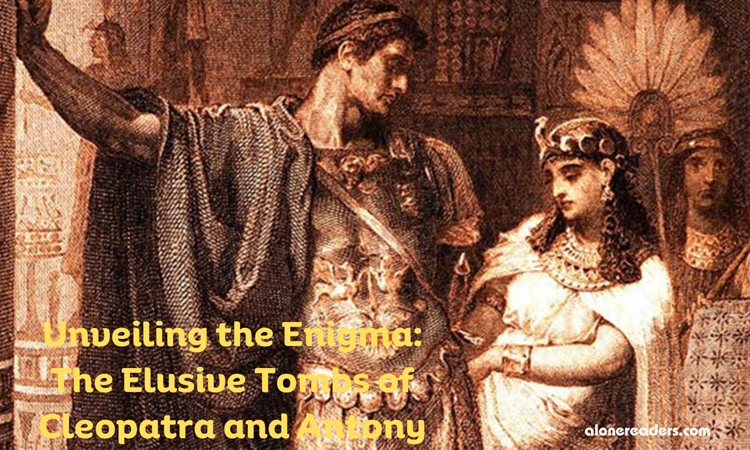
Cleopatra VII Philopator, the last active ruler of the Ptolemaic Kingdom of Egypt, and Mark Antony, a Roman politician and general, were two of the most famous lovers in history. Their lives were interwoven with the power struggles of their time, leading to both their untimely deaths. The location of their final resting place, however, has remained a mystery that has puzzled scholars and historians for millennia.
The allure of Cleopatra and Antony's tombs lies not only in their historical significance but also in the romantic tragedy of their story. Cleopatra, renowned for her beauty, intellect, and charm, wielded significant power in Egypt and played a pivotal role in the political dynamics of the ancient world. Antony, for his part, was a prominent leader in Rome who found himself inextricably linked to Egypt's queen. Their love affair was as much a political alliance as it was a personal connection, and it had profound implications for the balance of power in the ancient world.
The search for their tombs has been a quest filled with dead ends and tantalizing clues. Ancient sources, including the historian Plutarch, suggest that after their defeat by Octavian, the future Emperor Augustus, Cleopatra and Antony were permitted to be buried together. This has led many to believe that a joint tomb exists, a monument to their storied romance and shared destiny. Yet, despite extensive searches and excavations, their final resting place remains undiscovered.
The mystery of their tombs is compounded by the passage of time and the changes that have swept across Egypt since the end of the Ptolemaic dynasty. Over the centuries, earthquakes, floods, and the urban expansion of cities like Alexandria have altered the landscape, potentially obscuring or destroying key archaeological evidence. Furthermore, the ancient practice of tomb raiding may have erased crucial signs that could lead to the discovery of their burial site.
Archaeological efforts have focused on various sites in and around Alexandria, where Cleopatra's palace and other Ptolemaic structures were located. Excavations in the temple of Taposiris Magna, west of Alexandria, have revealed tantalizing artifacts and a series of tombs dating to the Ptolemaic period, fueling speculation that it could be the site of the lovers' graves. Yet, definitive proof remains elusive.
Some believe that the tombs may be submerged beneath the Mediterranean Sea, as parts of ancient Alexandria have sunk due to seismic activity. Underwater archaeology has revealed magnificent ruins and artifacts from the period, adding credibility to the theory that the answer to this ancient riddle lies beneath the waves.
The legend of Cleopatra and Antony has been kept alive not only by historical records but also by the works of writers and artists throughout the centuries. Their story has been romanticized and dramatized, creating a mythology that is almost inseparable from the historical facts. This has both sparked intense interest in their final resting place and made the task of separating fact from fiction all the more challenging for those seeking the truth.
The importance of finding Cleopatra and Antony's tombs goes beyond satisfying historical curiosity. It holds the potential to unlock new understanding of the Ptolemaic period, Roman-Egyptian relations, and the cultural and political landscape of the ancient world. It would also provide insight into the funerary practices and beliefs about the afterlife that were prevalent among the highest echelons of society at the time.
As technology advances, new tools and methods are becoming available to archaeologists and researchers. Ground-penetrating radar, satellite imagery, and advanced underwater exploration techniques are being employed in the hopes of uncovering new leads. The search for Cleopatra and Antony's tombs is not just a historical investigation; it is a cutting-edge scientific endeavor that marries the past with the future.
The enduring fascination with Cleopatra and Antony's story is a testament to the human desire to understand our heritage and to unravel the mysteries left behind by those who shaped history. Their missing tombs stand as a symbol of the enigmatic past, a puzzle that, if solved, could offer a unique window into an era that continues to fascinate and inspire.
The quest for Cleopatra and Antony's tombs is, in many ways, a reflection of the broader pursuit of knowledge and understanding that drives the field of archaeology. It is a reminder that history is not just about what has been found and recorded